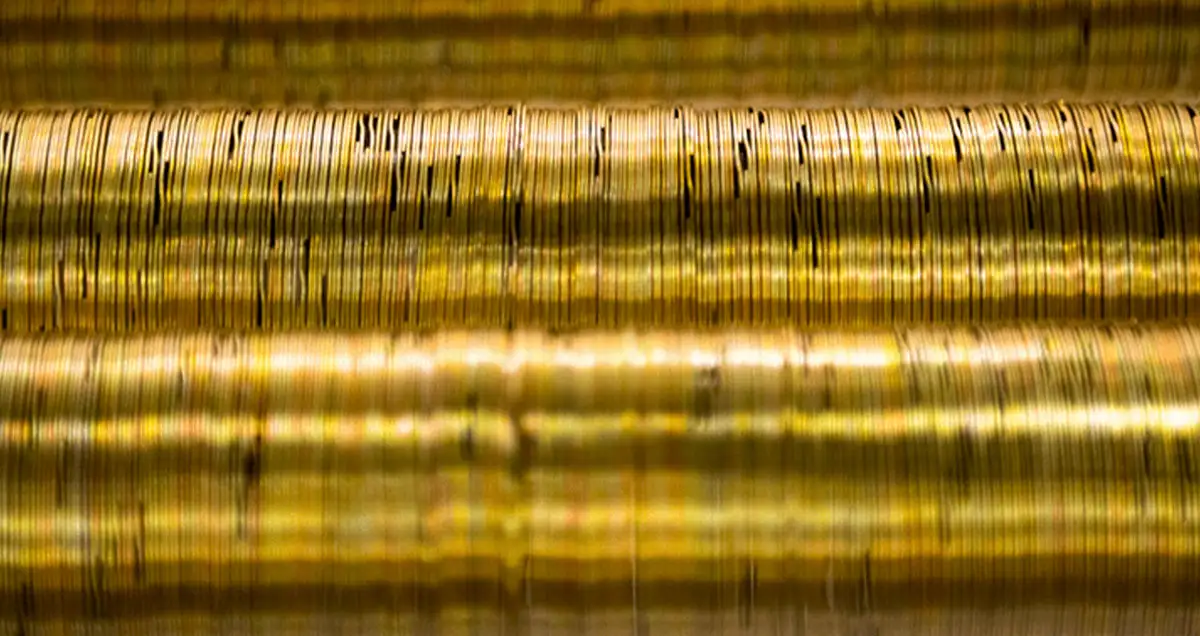~From oil dip to zinc phosphate, discover a wide range of finishes to meet your corrosion resistance and aesthetic needs~
Whether you need added corrosion resistance or wish to change the appearance of your part, we can offer a wide range of finishing processes to ensure that your retaining rings and springs perform the way they need to in your application. Below is a list of some of the more common choices that we have available.
Black Oxide
MIL-DTL-13924, Class 1
This finish provides a flat black appearance, which is generally used to alter cosmetic appearance instead of improving corrosion resistance.
Oil Dip
This is the standard finish for all carbon steel products. The oil provides resistance to corrosion in transport and normal storage. The oil dip finish should not be considered a permanent finish.
Passivation
AMS 2700, Method 1, Type 2, Class 3
Passivation is an optional cleaning operation for stainless steel. It provides a bright finish and increased corrosion resistance. Passivation dissolves iron particles and other substances that have become embedded in the surface of the stainless steel during production. If not dissolved, these foreign particles could promote corrosion, discolouration, or pitting.
Vapor Degrease/Ultrasonic Clean
This is the standard cleaning and finish for all stainless steel products. The process removes oil and other organic compounds from the material’s surface by using a degreasing solvent, which is forced between the part’s turns with ultrasonic waves.
Vibratory Deburr/Hand Deburr
Although all circumferential surfaces and edges of products are smooth, sharp corners can be present on the gap ends due to the cut-off operation. To break the sharp corners and achieve a smooth surface finish, parts may be either vibratory or hand-deburred to meet your specifications.
Zinc Phosphate
MIL-DTL-16232, Type Z, Class 2
Sometimes referred to as “Parkerising,” zinc phosphate appears grey-black in colour. Its corrosion resistance is superior to that of black oxide but inferior to that of stainless steel. Zinc phosphate cannot be applied to stainless steel.
Zinc Plating
Zinc Plate, ASTM B633, Type V, Fe/Zn 5, SC1 (Colourless)
Zinc Plate, ASTM B633, Type VI, Fe/Zn 5, SC1 (Coloured Chromate)
Zinc plating is used on carbon steel to increase the product’s corrosion resistance. It is sometimes used as a more cost-effective alternative to other plating options or stainless steel. Standard zinc plating, Type V and Type VI, are RoHS compliant. The thickness level of the plating is controlled by the service condition number (SC Number), which the customer should designate. Zinc plating does not guarantee coverage between the turns of multiple turn rings and springs. (The process does subject the part to the possibility of hydrogen embrittlement. We offer stainless steel as a preferable alternative.)
To learn more about Materials and Finishes for Smalley products, download this Technical Overview.


